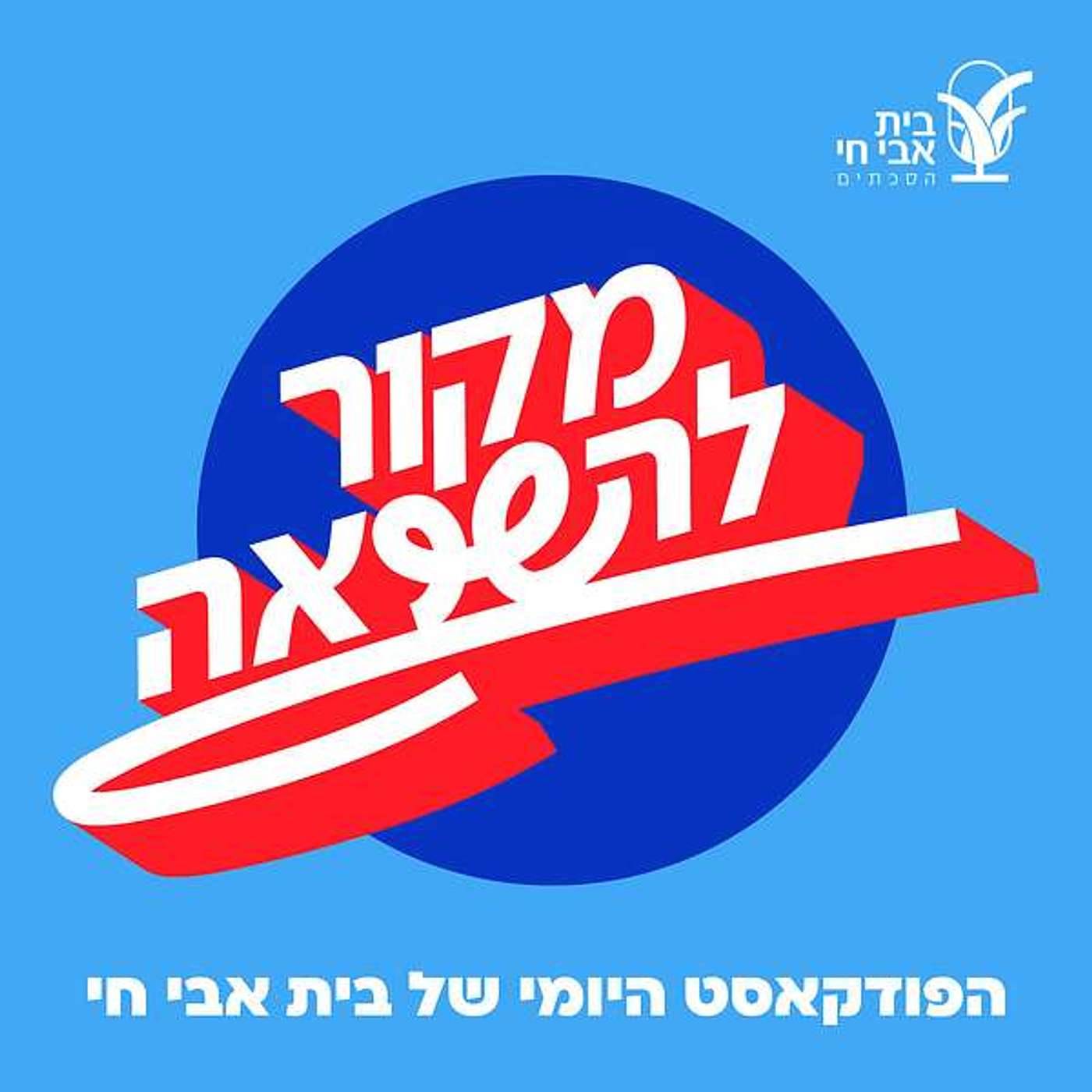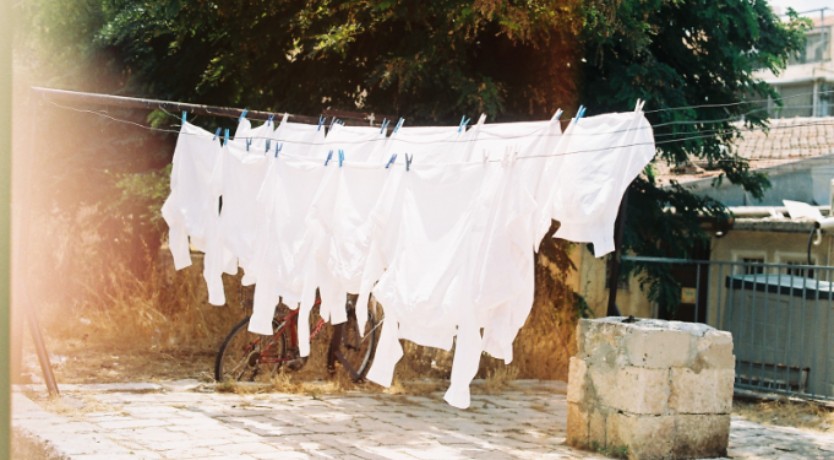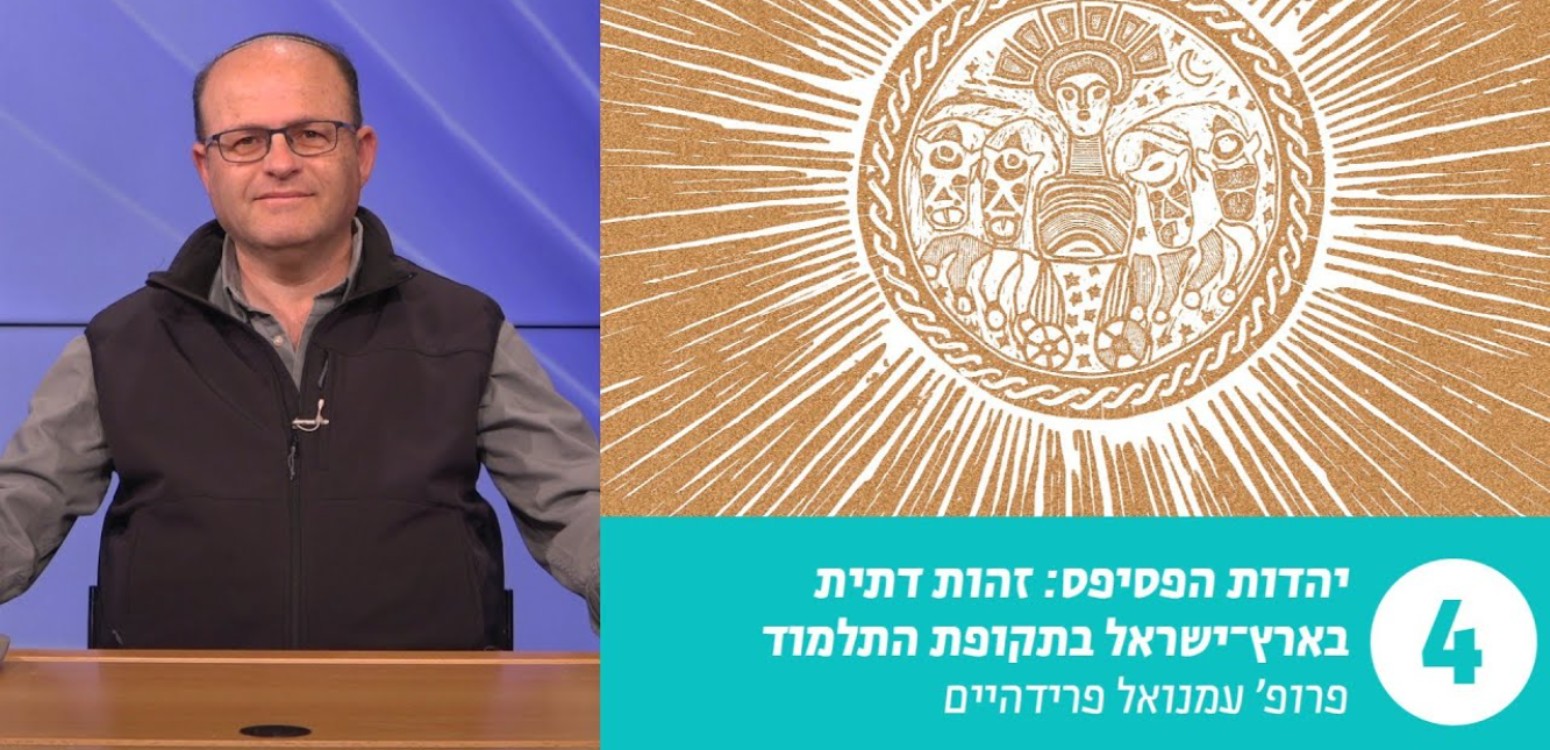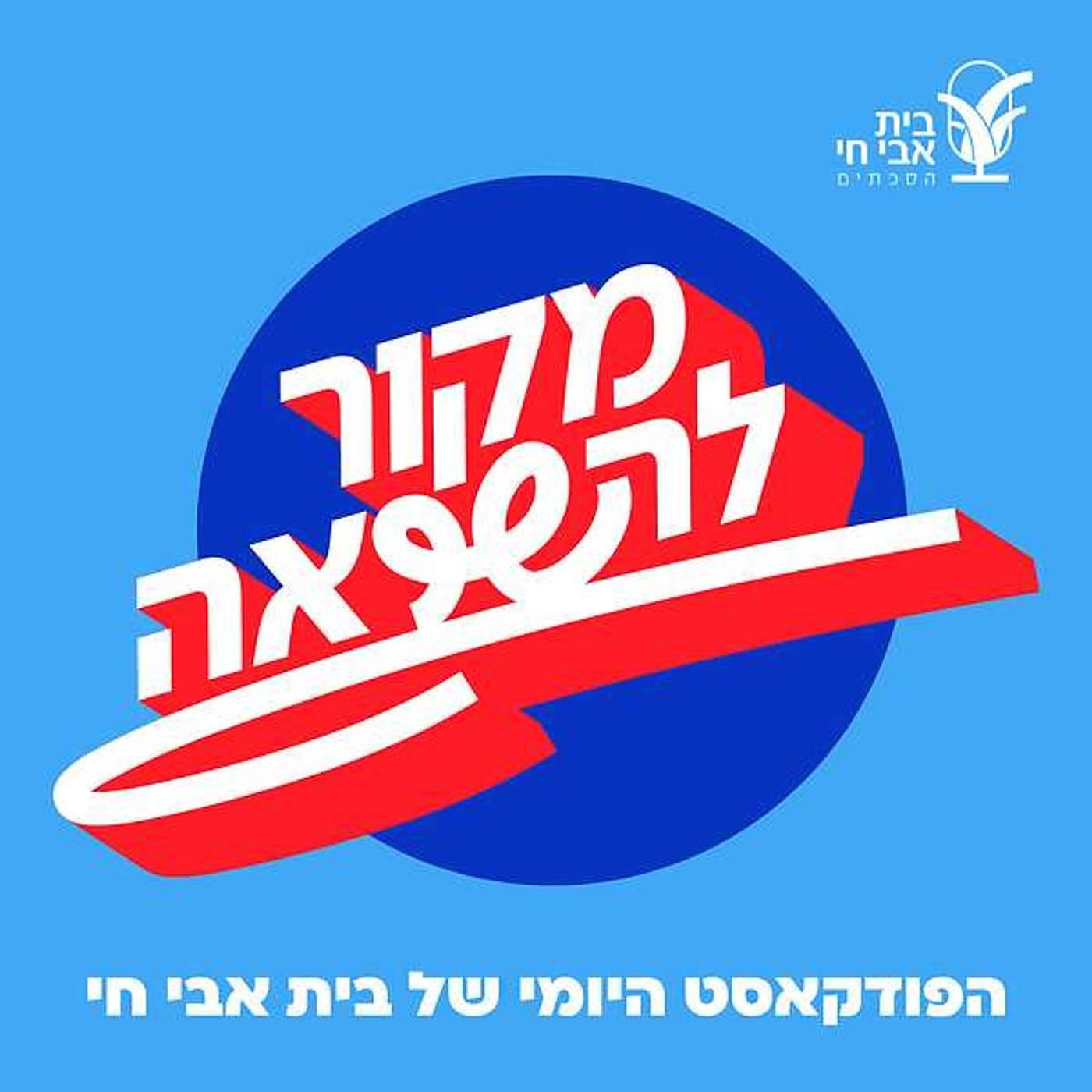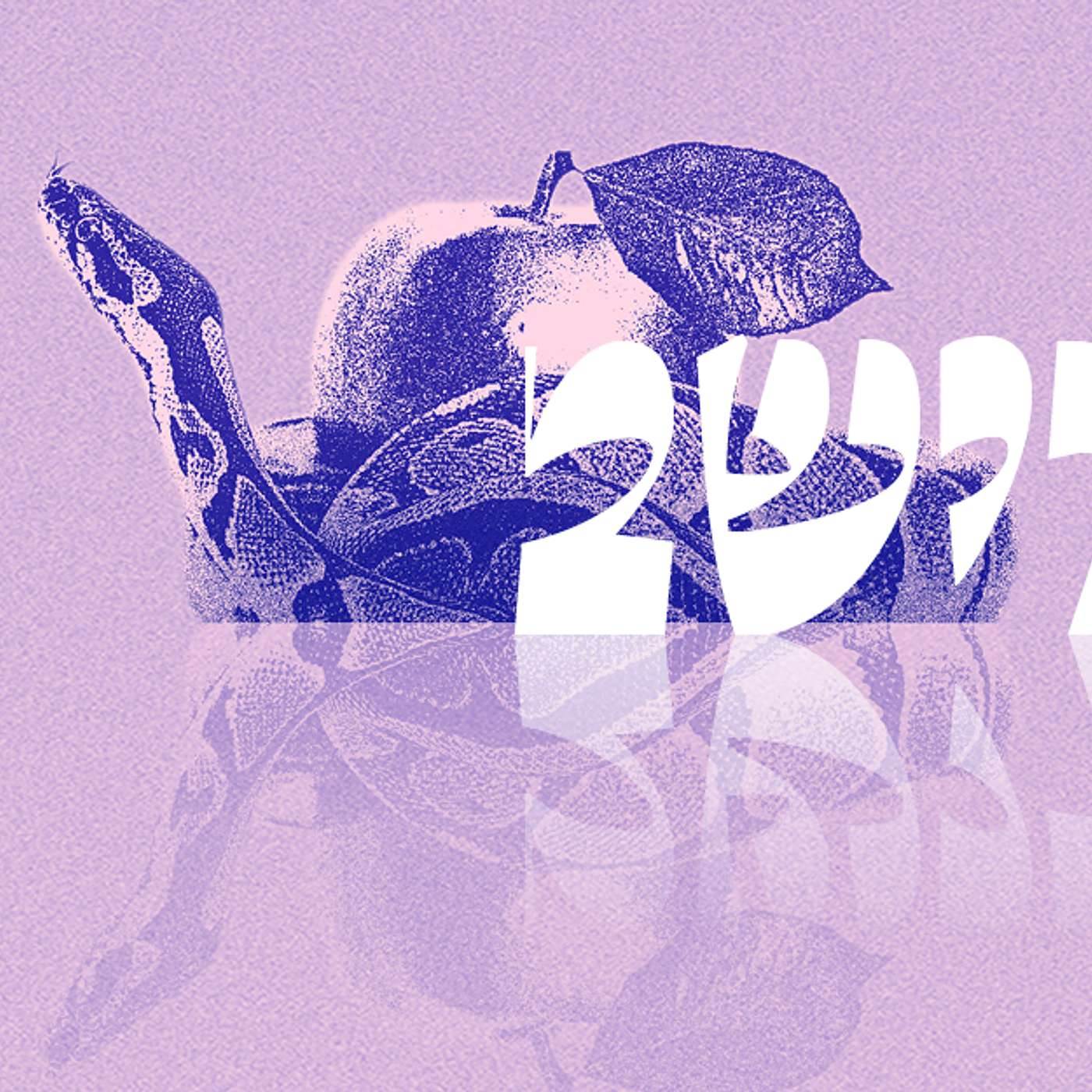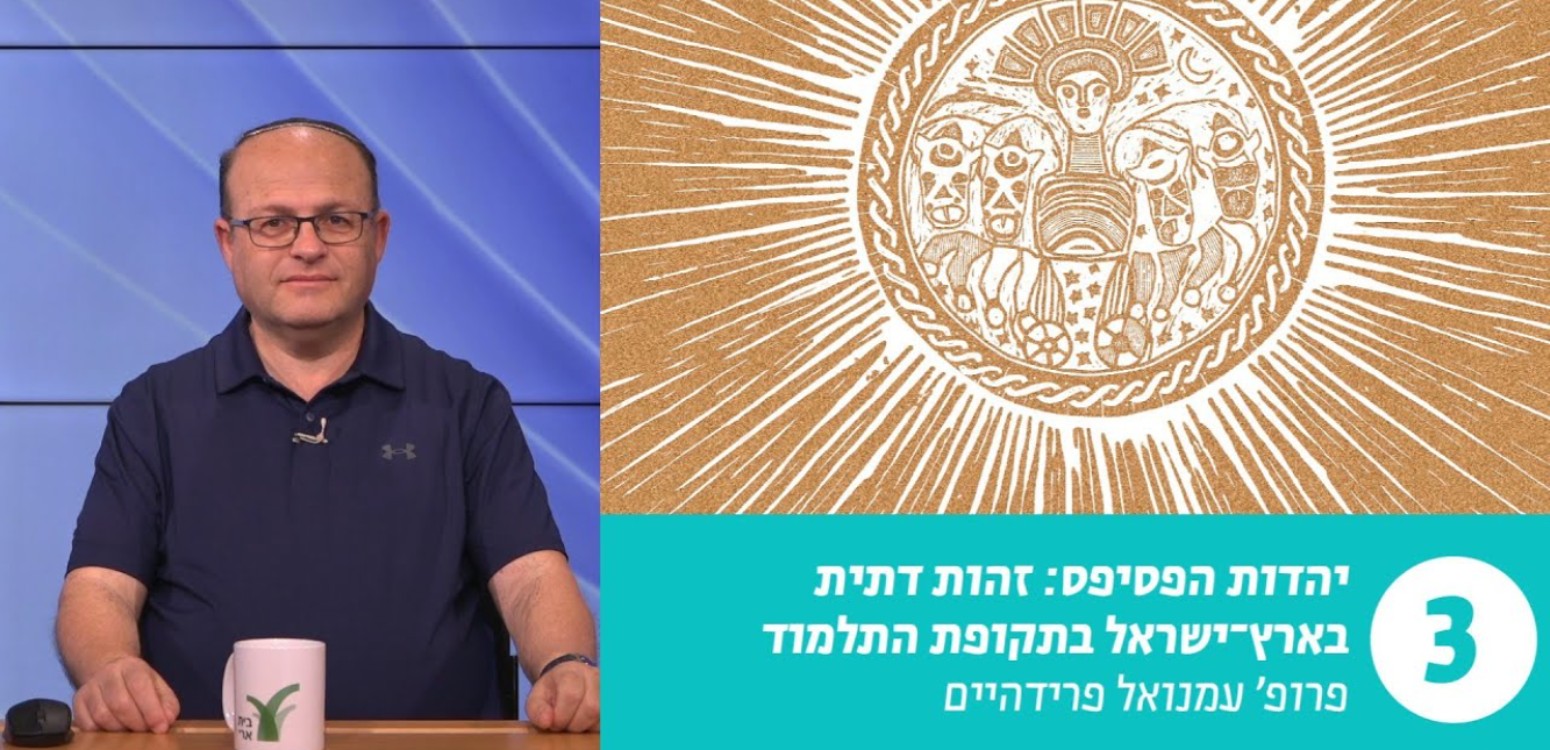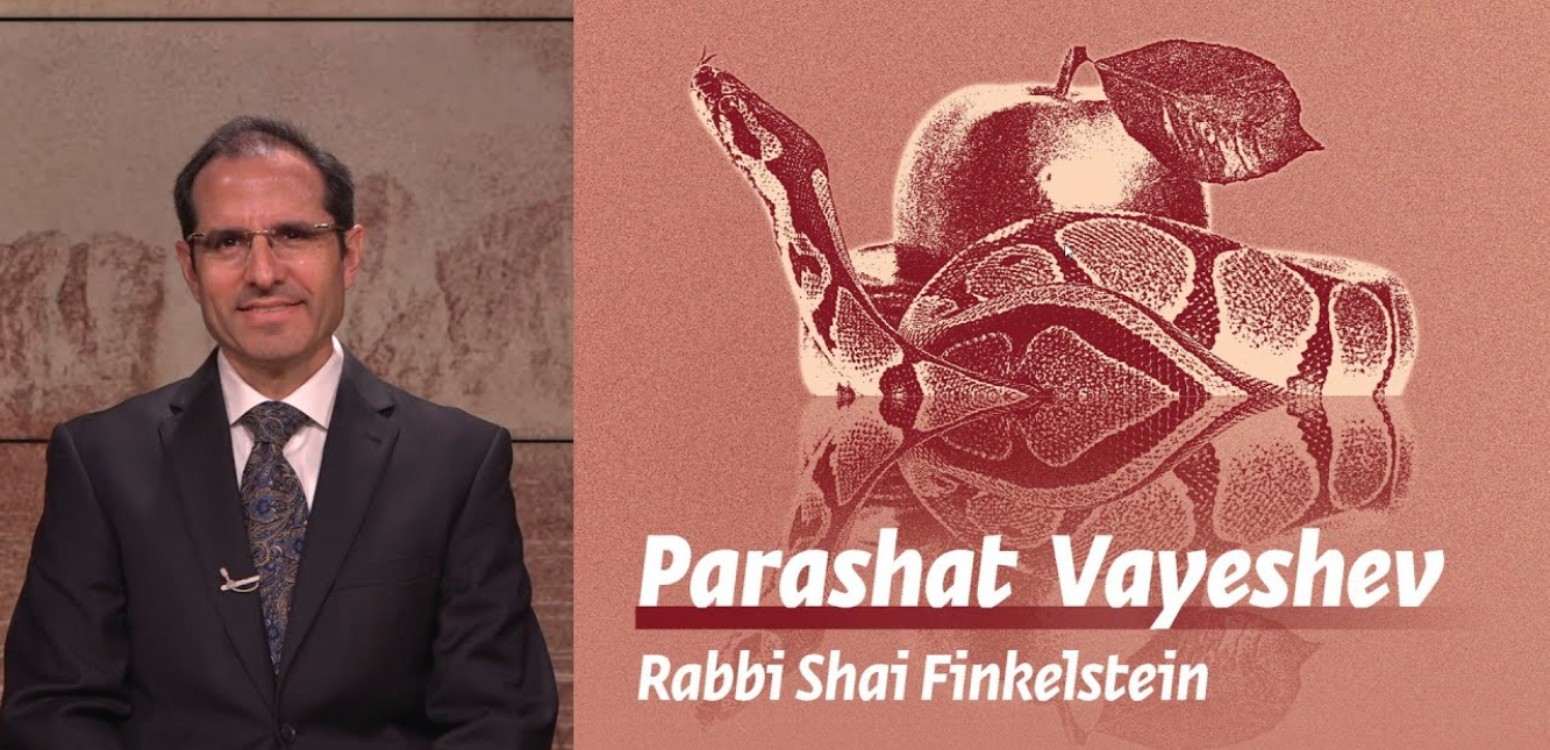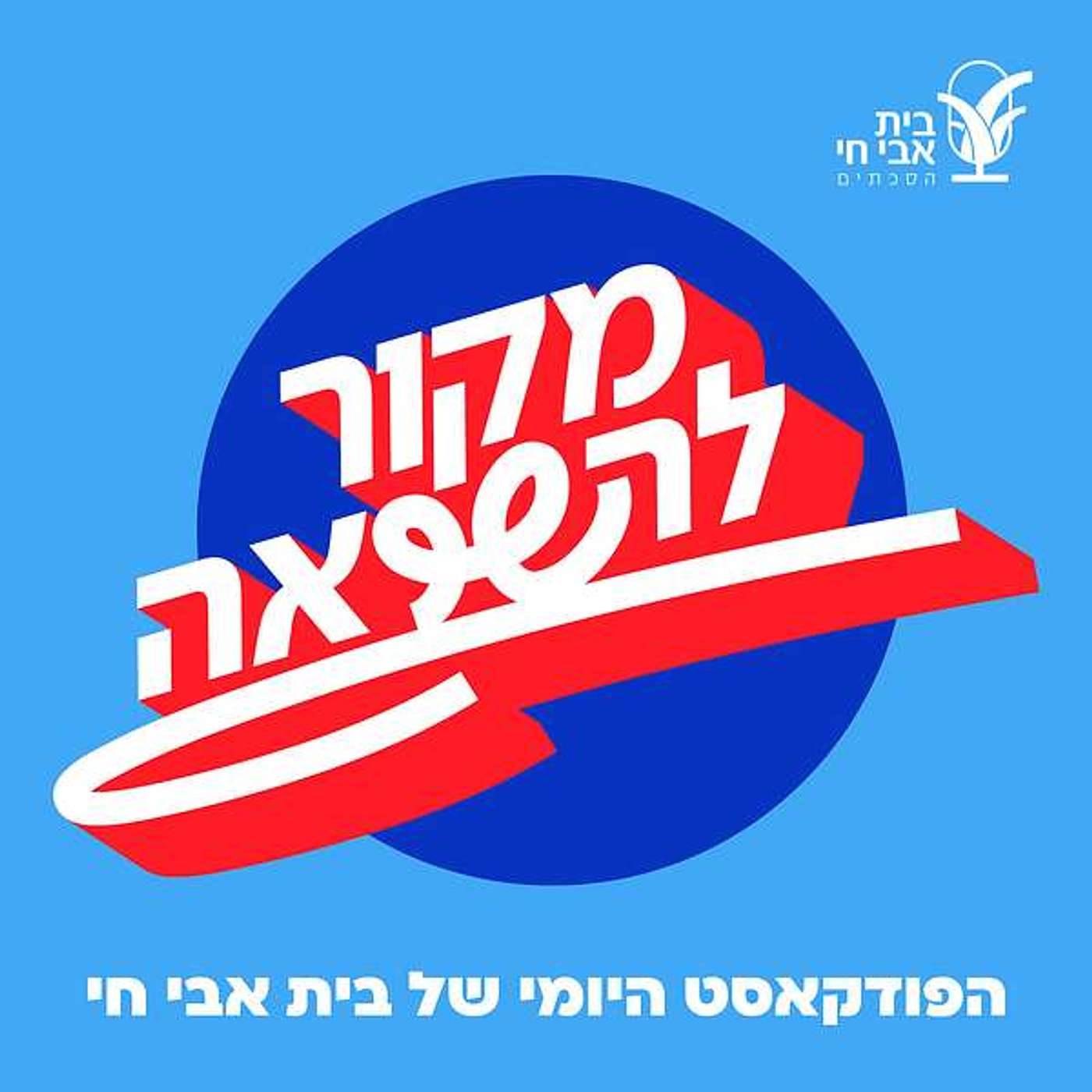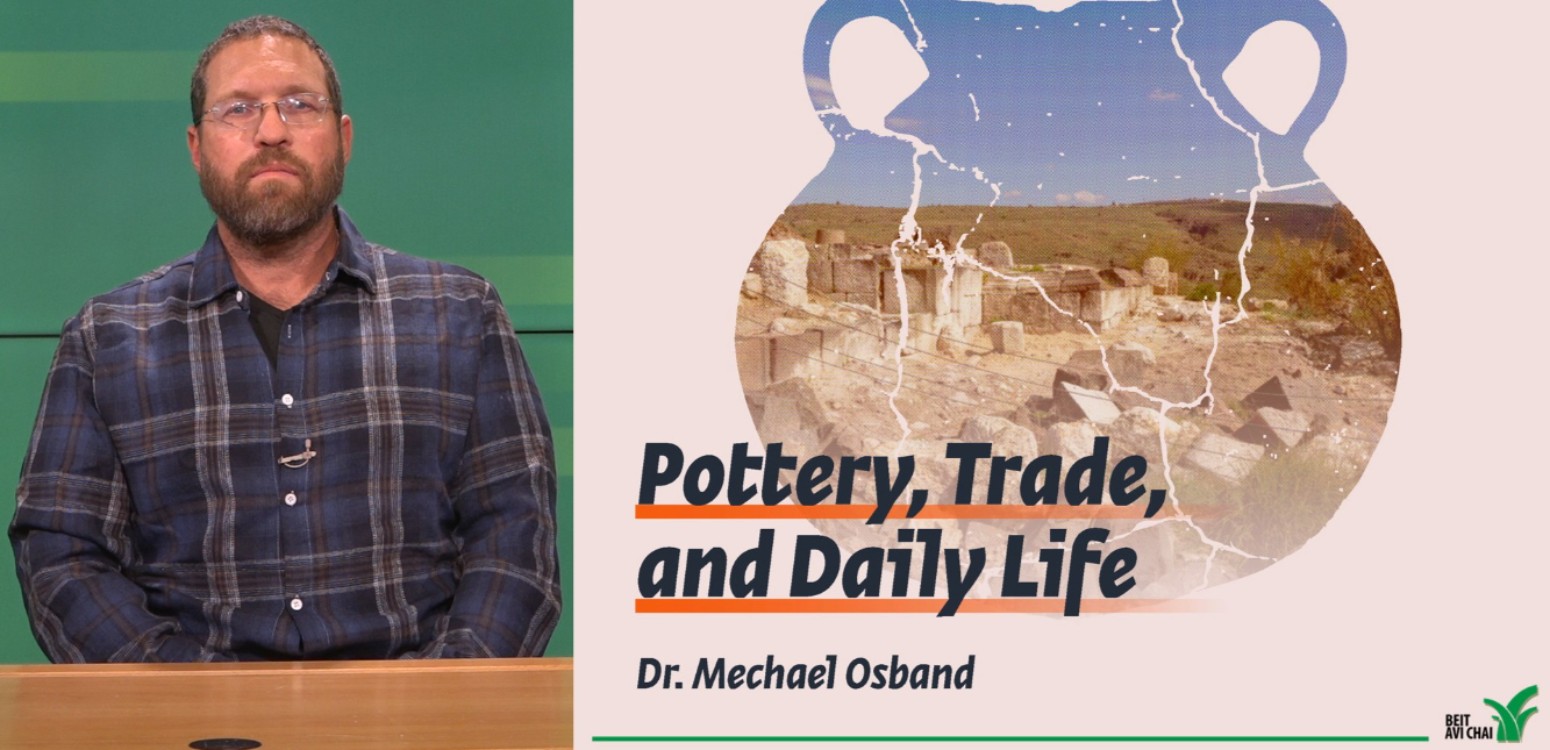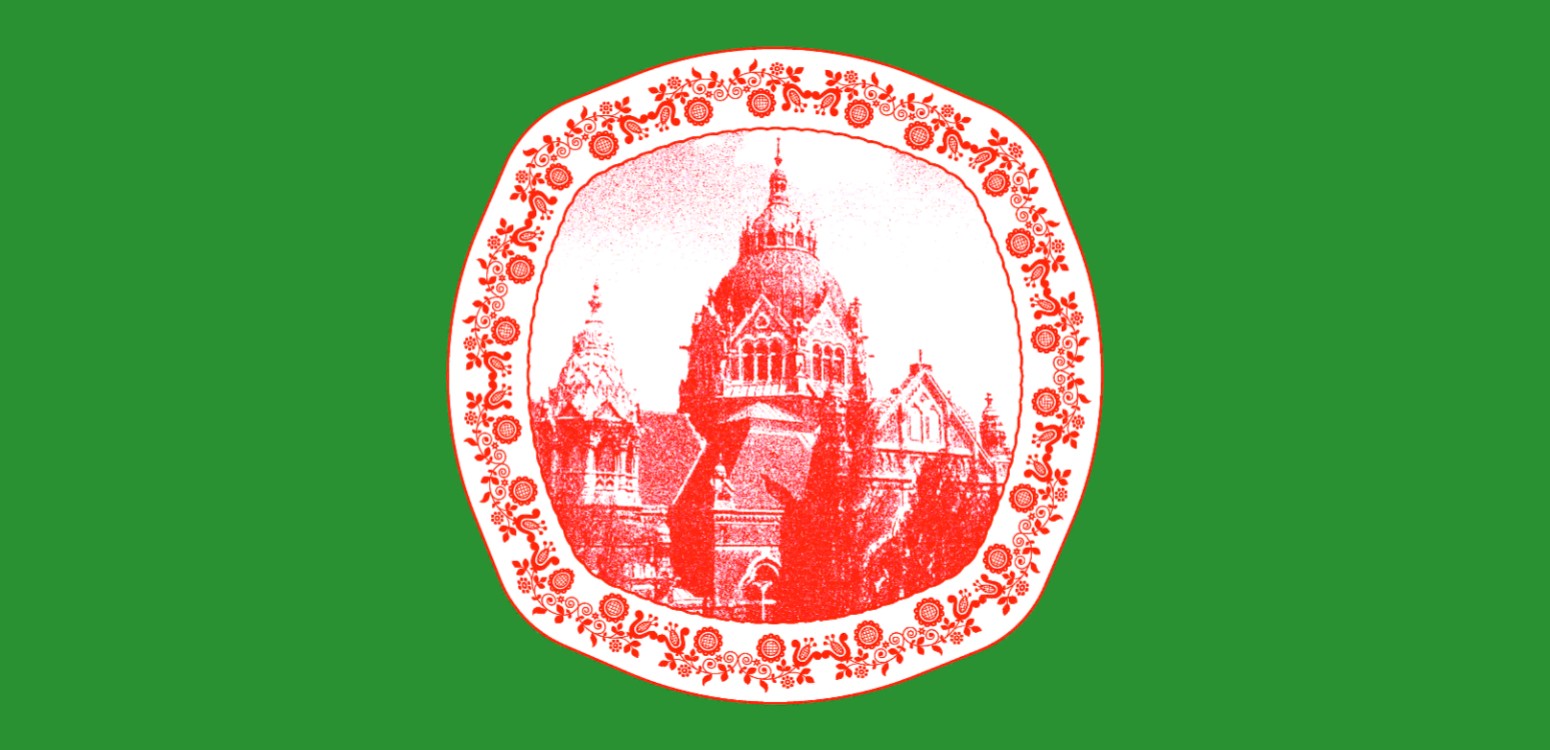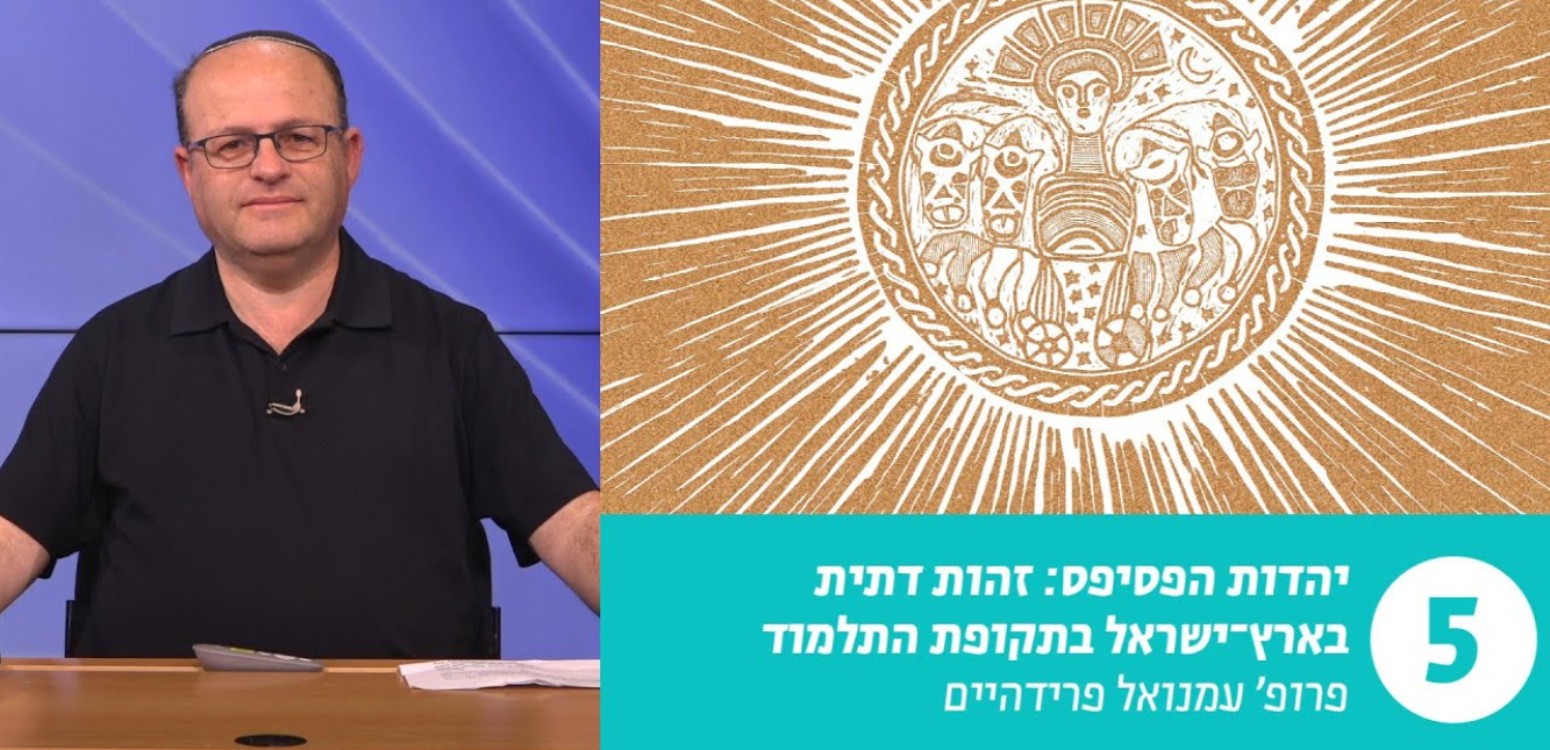
Gail Rubin was a nature photographer who spent many hours in the Maagan Michael Nature Reserve. The was murdered there by terrorists in the Coastal Road Massacre.
In memory of Gail Rubin
Gail Rubin was born to a Jewish family in New York in 1938. She studied at Michigan University and in the 60s began her professional career as a journalistic photographer. Apart from that, she worked as an editor at one of the large publishers in New York.
At 29, Gail was diagnosed with cancer, which she recovered from in the late 60s. In the summer of 1969, Gail took a vacation in Israel. She loved the scenery and the people and decided to stay. She worked as a photographer in Israel and won international acclaim.
As part of her job as a journalistic photographer, she covered the Yom Kippur War and entered Egypt with the IDF soldiers. She had connections with many of the people in the Society for the Protection of Nature and the Nature Reserves Authority and the field schools served as her base all over the country when she was shooting. Apart from that, she spent a lot of time taking photographs in the Sinai desert.
In the last year of her life, she used to spend hours in the Maagan Michael Nature Reserve, where she photographed the birds. She would whistle to them so they would come close or look her way and then she would take the picture. She was a unique phenomenon in nature photography, a domain that was and is still dominated by men.
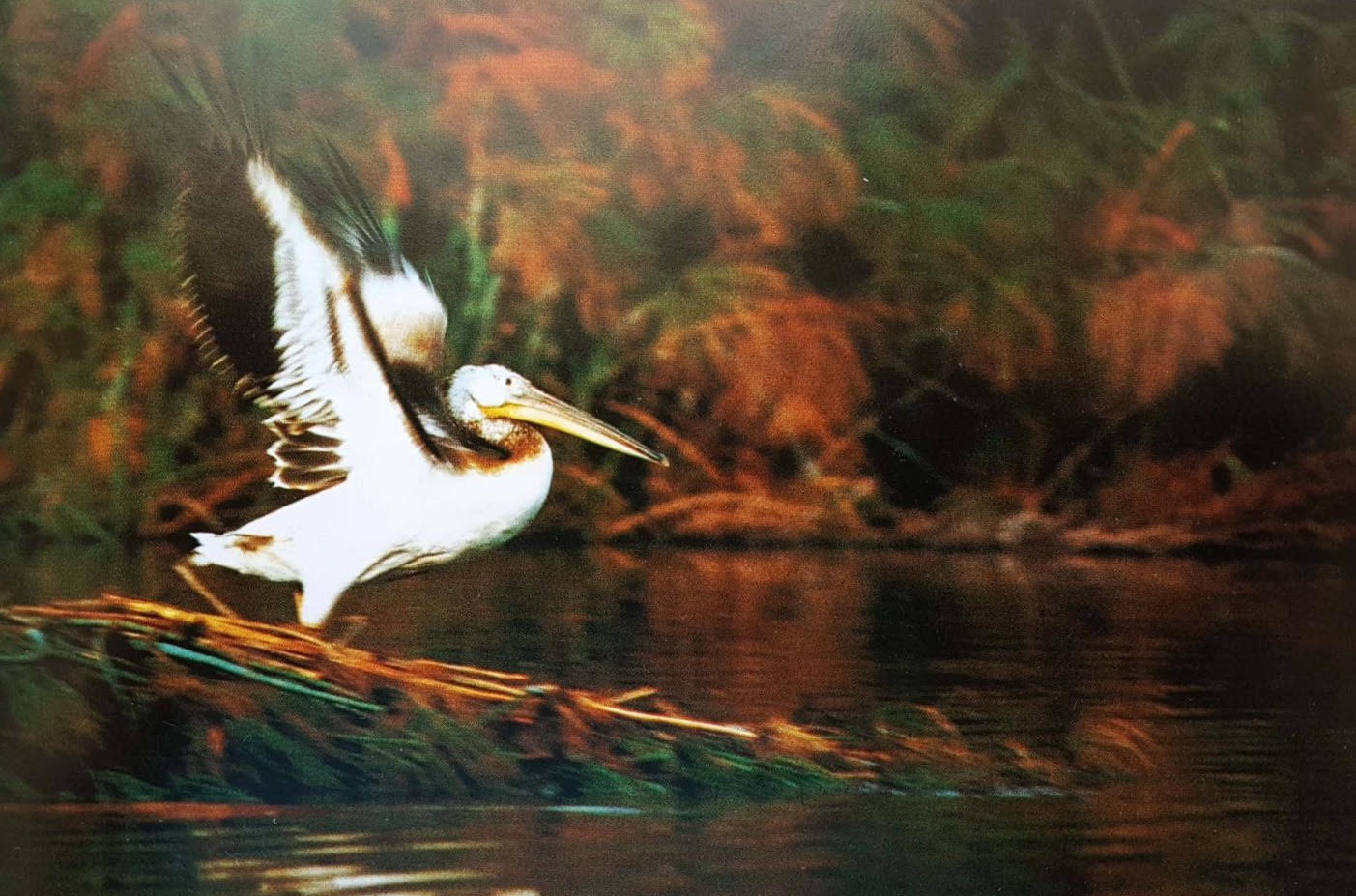 Gail's photo |
On March 11th, 1978, on Shabbat afternoon, while photographing water birds at Maagan Michael, Gail encountered a group of 11 terrorists that had come ashore on two rubber boats. The terrorists tried to take her car but it was too small for them and so they started walking from there to the Coastal Highway. They commandeered a taxi and two buses. They moved the passengers onto one bus and headed for Tel Aviv. The police attempt to stop the bus did not work and finally a bit north of Glilot Junction, the police shot out the bus’s tires and it was halted.
There was a long battle between the police and the terrorists. Some of the terrorists escaped the bus; the rest stared shooting the passengers who desperately tried to escape. At some point, the terrorists blew up the bus with the remaining passengers in it and it became a huge fire trap. Thirty-five adults and children were killed in the attack that became known as the Coastal Road Massacre. The first victim of the terrorists’ killing spree on that day was Gail the photographer.
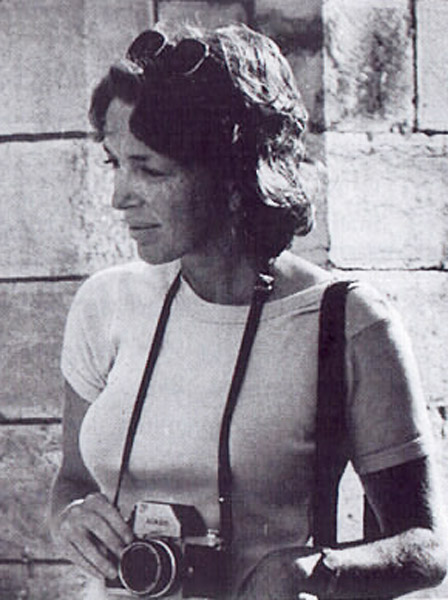 Gail Rubin z'l |
Comments by Isca Mayo and Ma’ayan Zuriel, the creators of the clip “Gail”:
This is the first time that we had the opportunity to participate in project A Face.The Day.A Memory. Five years ago, we created the clip “Guard Duty”, based on Ehud Banai’s memories of his friend Aryeh Aloni. This year, the life story of Gail Rubin interested us very much. Her character was fascinating. The photos she left behind and the stories about her made us want to share them with everyone.
In our opinion, every individual and his story awakens a unique language of design. In the case of Gail, we wanted the viewer to connect with the world of Nature, the place where Gail found tranquility. The design of the soundtrack was also important in order to contrast between the war and the calm of Nature and her photographs were an inspiration for the moments that we capture with the lens. We wanted to avoid describing her death and instead to put emphasis on the encounter between the viewer and her character.
When we read the research, we found a poem written by Natan Yonatan in her memory. The poem appeared to be written from the viewpoint of the poet, in first person (“I wanted to leave behind on the cliff of time”), but on second glance, we felt that he was really expressing Gail’s inner voice. “I thought that the beauty can protect us and the children from the fire and the ice” – a line that symbolizes her life to a great extent.
There are unique similarities between poetry and the approach that guided us as animation artists: the need to minimalize and to be precise. In animation, every frame is preplanned even before the first line is put on paper. Every frame is important, just as every word in a poem is weighed. The work with the poem gave us an opportunity to connect the words to the images and to create new meanings.
The poem is read by Ayelet Zorer. In her voice we found the depth and the emotion and the internal calm we were searching for. Ayelet did amazing work and she was very generous with her time. Indirectly, this also connected to the fact that almost everyone that participated in the making of the clips this year were women. It is important to memorialize women and to make their memory present in the public space.
עוד בבית אבי חי

